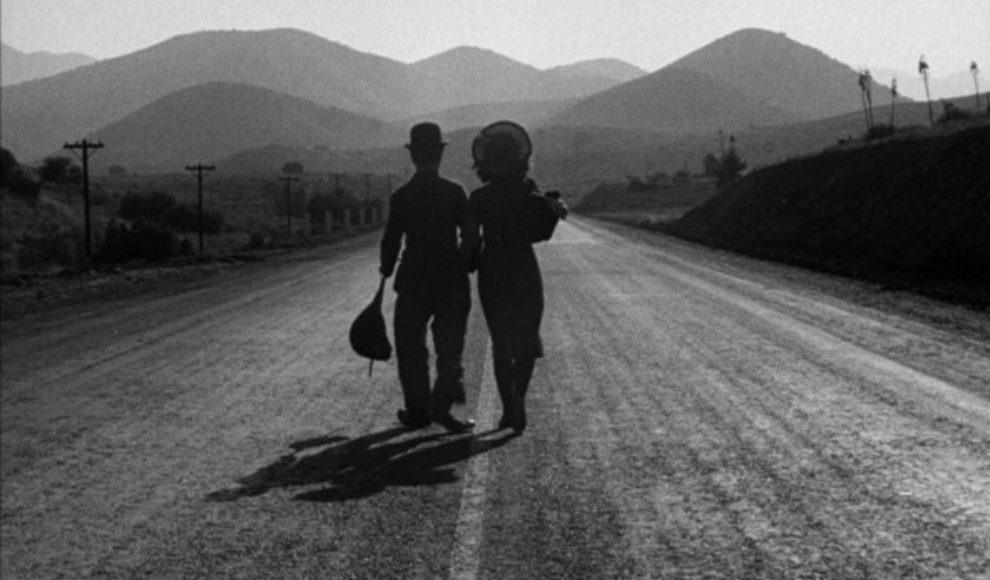The Marines Are Coming
Directed by David Howard
1934/USA
Mascot Pictures
First viewing
Lt. William “Wild Bill” Traylor: Anybody can obey orders. It takes genius to win a war![/box]
Poverty row comedy about wise-cracking Marine Corps Officer Bill Traylor (William Haines) who is always in trouble with the brass. When Traylor arrives in San Diego, he assigned to duty under his nemesis Captain Benton (Conrad Nagle). He promptly latches on to Benton’s girlfriend (Esther Walston), while avoiding the advances of Rosita, a stereotypical Latin spitfire who has been following him from post to post insisting he marry her. When Traylor is forced to resign his commission, he returns as an enlisted man and the shenanigans continue in an unnamed Latin American country where the Marines are fighting bandits.
This film is notable mostly for being the last film William Haines ever made. I didn’t like it much. All the principals seem to have been instructed to plaster a big grin on their face and give it their all. Everybody complied but that didn’t make the film amusing to me.

William Haines in 1930
The film, however, did inspire me to look up Haines’s biography. He was a very popular silent star, regularly named #1 male box-office draw at the end of the silent era. He was released by MGM in the early thirties, reportedly due to a fight with Louis B. Mayer, who wanted Haines to end his relationship with his lover Jimmie Shields and marry a woman. Haines and Shields went on to be a couple for over 50 years and Haines had a very successful 40-year career as an interior designer.
Clip: Opening






















